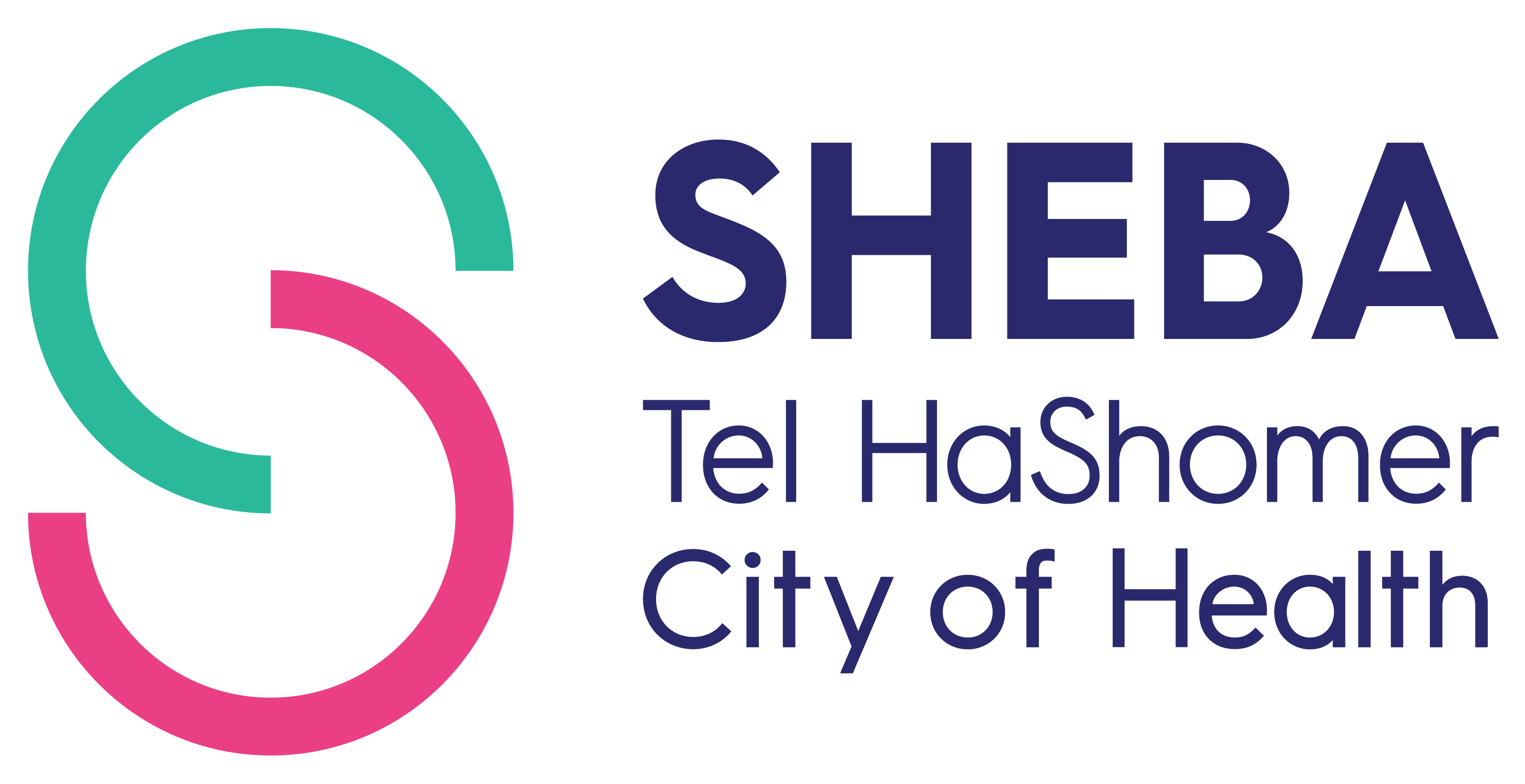A Very Creative and Exciting Project: OLAPARIB FOR BRCA-NESS PHENOTYPE IN PANCREATIC CANCER
Public Information Abstract of Proposed Research Project:
Research co-operation between Dr. Talia Golan from the Sheba Medical Center's Oncology Institute and Dr. Milind Javle from MD Anderson results in a grant from the Sister Institution Network Fund (SINF)
Pancreatic cancer is a dismal disease with poor survival. Combating this lethal disease requires innovative models and collaborative efforts in order to improve pancreatic cancer treatment. Pancreatic cancer tumors are enriched with unstable genomes with widespread structural variation and have genetic mutations in various DNA repair pathways leading to genomic instability. 10-15% of pancreatic cancer cases have a familiar clustering (sub-population) with DNA repair abnormities, leading to increased sensitivity to DNA damage phenotype. Recent studies indicate that loss of one of the genes involved in DNA repair pathway is common (25%) in familial pancreatic cancer and this phenotype may also respond to targeted treatments that take advantage of specific DNA repair defect.
Identification of the underlying molecular abnormalities in these patients is of critical importance as they may benefit from a personalized approach towards treatment. Our main goal in this joint study is to investigate the specific targeted treatment on this sub-population. Understanding the response of those patients can rapidly be translated into developing personalized treatments.
Drs Golan and Javle have a track record of collaboration. They are co-PIs for clinical studies. Their collaboration stems from interactions as sister institutions. Sheba is the largest cancer center in Israel. Shebas collaborators at Tel-Aviv University have developed unique computational analyses for the analysis of genomic and gene expression data and these investigators will apply most innovative approaches to identify impaired DNA repair pathway defects and predict sensitivity to correlating therapeutic agents. Both centers have access to pancreatic bio-repositories consisting of fresh frozen samples that will be used for this investigation.
In the framework of the Sister Institution Network of MD Anderson, Sheba Medical Center has been chosen to become a partner in 2010. It is the largest such network dedicated to the fight against cancer in the world, including relationships with over 30 leading regional cancer fighting institutions in 21 countries throughout North and South America, Asia, Europe, Australia and Africa.
Together we broaden the portfolio of basic clinical and translational research, which has the potential for advancing diagnostic and therapeutic services that can provide worldwide benefits built significantly on the global talent base of clinicians and researchers in the field of oncology.
21 faculty members have been selected to receive funding from the SINF. This year's request for applications emphasized projects involving multiple institutions and projects relevant to the Moon Shots Program and Platforms. 54 applications were submitted and received scientific peer review, and review by the SINF Program Committee, which includes one representative from each participating center.
An impressive list of selected projects, such as the one above, bring together 34 institutions from 21 countries. New members of the network from Australia, Denmark, and Thailand were added to this year's call for abstracts from the Sister Institution Network Fund (SINF). The science represented targets from many angels, including basic and translational research on lung, cervical, liver, prostate cancer, and hematological malignancies among others. Additional projects are designed to support prevention and control activities in cervical cancer and tobacco use, and address infrastructure needs for strategic initiatives agreed to at the board meeting at the GAP Conference in Seoul. Over half the projects are relevant to the areas of the Moon Shots Program and Platforms. A majority of projects involve 2 or more institutions; five projects involve 4 or more institutions.









